Italy’s economic engine with a powerful productive activity in all sectors. A region that combines nature, culture and history, famous for its wide oenogastronomic offer.Cradle of the Italian state, of big industry, the economic miracle, the Piedmont has not lost and indeed is enhancing, the fundamental role of transalpine link towards the rest of Europe. Plain or mountains? Although the name of the region,
Piedmont, means "the bottom of the mountain", the region has three quarters occupied by subalpine and alpine reliefs: the rest is really just at the bottom of the mountains and it makes up the western part of Po Valley. Monviso, the Piedmont side of Mount Rosa and the other spectacular reliefs offer landscapes of unique beauty; there are also several ski areas, including the Via Lattea and Sestriere, which welcome with their modern equipment to winter sports enthusiasts. With the Alps in the background, you will find large and picturesque valleys, including Val di Susa,
Valsesia and Val d'Ossola. Very different but equally characteristic is the landscape of the Langhe and Monferrato: a succession of hills covered with vineyards, dotted with villages and castles. Piedmont cuisine gather influences from neighboring France. Among the regional specialties, in addition to the known fondue (also widespread in Valle d'Aosta and Lombardy), includes the paniscia, based on rice, tajarin ( a very popular noodles in the Langhe) and bagnacauda, sauce for typical Piedmont raw vegetables, as cardoons, celery, peppers ... Many soups have a peasant origin here.
As for wine, just the exceptional number of DOC labels (such as Nebbiolod'Alba, Freisa, Grignolino) and DOCG (Barolo, Barbaresco, Gattinara, ghemme, gavi), together with sweet sparkling wines (Moscatod'Asti) and dry wines and staples is enough to document a very high quality of production, which makes in the Langhe and Astigiano homelands of choice.
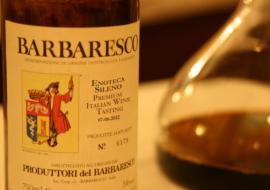
Barbaresco DOCG
The origins of this aristocratic wine are lost in legend. Some say that the Gauls originally arrived in Italy precisely because they were attracted by a certain excellent wine called ‘Barbaritium’. Others relate that Barbaresco derived its name from the barbarian hoards that caused the fall of the Roman Empire.
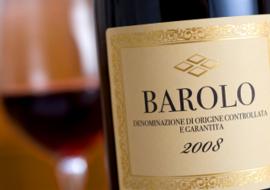
Barolo DOCG
This is the Grand Italian Wine by definition, also produced entirely with Nebbiolo grapes. Barolo wine comes from the village in the Langa bearing the same name a few kilometres south of Alba
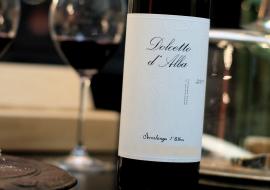
Dolcetto d'Alba D.O.C.
Dolcetto possesses thirteen Denominations in Piedmont and, among these, Dolcetto d’Alba is the best known and also the most plentiful in terms of bottles produced per year.
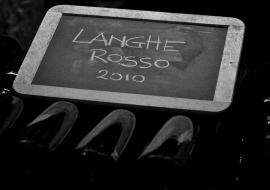
Langhe DOC
Langhe is a territorial Denomination, a category based on careful selection of grapes in the vineyard. For example, a Nebbiolo vineyard that produces grapes for the production of Barolo, Barbaresco, Roero and Nebbiolo d’Alba, will also produce grapes for Langhe Nebbiolo Doc, that are separated from the others and vinified differently.
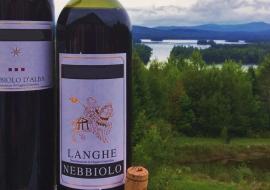
Nebbiolo d'Alba DOC
Nebbiolo is one of the vines cultivated on both the northern and southern banks of the Tanaro river and the wine Nebbiolo d’Alba is a common denominator of quality: its area of origin, in fact, extends throughout a total of twenty five communes situated on both sides.




